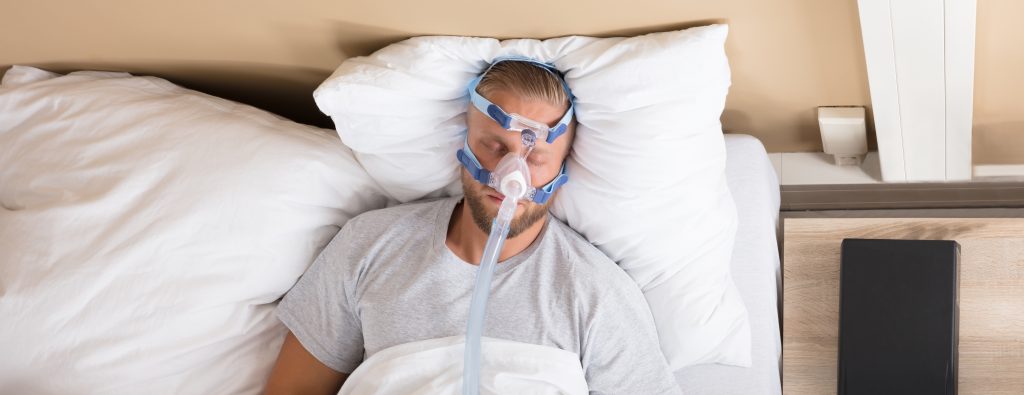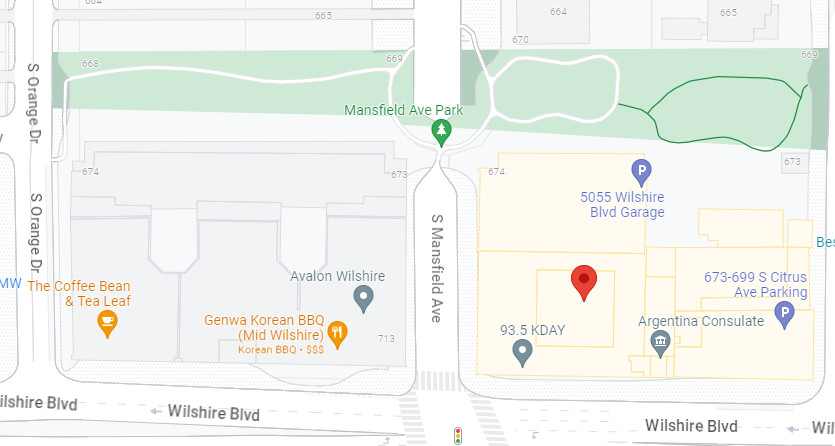Sleep Apnea and Its Effects On Your Health…What You Can Do

It’s amazing what a good night’s sleep can do for the body and alarming how troublesome a chronic lack of sleep can be. Getting adequate sleep helps reduce stress, increase alertness, and preserve memory, while sleep deprivation has been linked to lost productivity, higher overall health costs, and a host of serious health conditions, including depression, anxiety, heart failure, and stroke.
When most people think of good sleep, they tend to focus on the total number of hours of sleep that they get in a day. Just as important, however, is the quality of sleep one experiences. While the amount of sleep that most of us gets is manageable, for 10%-17% of the U.S. population, poor quality sleep is a much more serious issue; it is a matter of health.
Sleep apnea is a disorder in which breathing is repeatedly interrupted during sleep, most commonly because of an obstructed upper airway (obstructive sleep apnea), though it can also result from the brain’s failure to properly signal the muscles that control breathing (central sleep apnea). Though symptoms of sleep apnea—which include loud snoring, excessive sleepiness during the day, and poor concentration—can be highly detrimental to one’s quality of life, most cases of sleep apnea go undiagnosed and untreated.
Diagnosing Sleep Apnea
Most people might not recognize waking up tired, falling asleep during the day, or the occasional complaint from their partner that they snore loudly as causes for concern, but when incidents like these are recurrent, it might be time to see a doctor and take a closer look. All of these things could be symptoms of sleep apnea.
Sleep apnea is a treatable medical condition that must be diagnosed by your doctor. It is estimated that 22 million Americans suffer from sleep apnea, although the condition is more prevalent among adult males aged 40 to 70, individuals who are obese, and individuals with other health conditions, such as heart failure or stroke.
Generally, sleep apnea is diagnosed through a questionnaire followed by a sleep study (either in a sleep lab or at home using a portable device). The “gold standard” for sleep apnea testing and diagnosis is the attended sleep study, or polysomnography (PSG) testing, in which attendants continuously monitor the patient overnight in a hospital or in a sleep lab. PSG testing involves recording a patient’s brain activity, eye movement, heartbeat, muscle movements, oxygen saturation, respiratory effort, and airflow, in order to obtain a comprehensive assessment of how the patient’s body changes as they sleep. Non-PSG sleep monitoring is usually conducted with portable devices in a home setting and without an attendant present. Non-PSG testing typically only includes some of the measurements recording during PSG testing, but they are often sufficient to make a diagnosis.
If a patient is diagnosed with sleep apnea, the severity of their condition is determined by the average number of times per hour their breathing briefly stops (apneic episodes) and any reduction of the volume of air moving in and out their lungs decreases (hypopneic episodes). From this data, your doctor can prescribe a suitable course of treatment.
The Health Plan covers both attended sleep studies (PSG testing) and at-home sleep studies with portable monitoring devices (non-PSG testing), as long as such treatment is recommended by your treating physician for the analysis of suspected sleep apnea and considered medically necessary under the terms of the Plan. Please note the Health Plan does not cover related services performed in conjunction with sleep studies for sleep disorders. The Plan’s medical necessity standard is set forth in the Glossary of the DGA-Producer Health Plan Summary Plan Description (“SPD”). The Health Plan SPD and all updates are available at online at www.dgaplans.org. If you would like a hard copy, please let us know and we will mail you one at no cost.
Treating Sleep Apnea
PAP Therapy
Positive airway pressure, or PAP, is the most common treatment for severe sleep apnea. Positional therapy, non-surgical weight loss or bariatric surgery might also be used for patients who cannot tolerate or have been deemed non-responsive to other therapies.
PAP works by providing positive pressure into the patient’s airways through a mask or nosepiece, so that they remain open throughout sleep. There are three types of PAP therapies, named according to the way air pressure is regulated:
- CPAP, or continuous positive airway pressure, is the most common type of PAP therapy, and it delivers air at a continuous pressure;
- APAP, or auto-titrating positive airway pressure, automatically raises or lowers air pressure as needed throughout the night; and
- BPAP, or bi-level positive airway pressure, alternates the air pressure depending on whether the user is exhaling or inhaling.
Your doctor may prescribe any of these PAP therapies, taking into account your previous PAP experience and any other underlying conditions you may have. Regardless of the type prescribed, however, PAP therapy has been found to be highly effective when adhered to consistently.
The Health Plan covers PAP machines when they are prescribed by your doctor, considered medically necessary under the terms of the Plan, and satisfy the Plan’s coverage requirements for durable medical equipment. In the case of rented PAP machines, the Health Plan will request a copy of your doctor’s prescription to confirm these conditions have been satisfied, which must include the frequency and duration that the machine is to be used.
Custom Sleep Appliances
For patients who are diagnosed with mild obstructive sleep apnea or who are PAP intolerant, the doctor may prescribe a custom oral sleep appliance in lieu of PAP therapy. Custom sleep devices adjust your mouth and tongue in a manner that prevents upper airway collapse and have been found to be effective in many cases of obstructive sleep apnea. If your doctor prescribes a custom sleep device, it is recommended that you request a predetermination of coverage from the Health Plan before filling your prescription.
A predetermination is a written analysis, provided by the Health Plan upon request, which evaluates the medical necessity of a particular procedure or treatment before you receive it. A predetermination will provide you with information on how the Health Plan might apply benefits for the service in question; though it does not guarantee coverage. A final determination of coverage can be made only after the procedure has been performed, upon processing the claim and reviewing additional information and records submitted.
When requesting a predetermination for a custom sleep device, the Health Plan will request the sleep study results confirming your sleep apnea diagnosis and the specific product description of the custom oral appliance your doctor has prescribed. Within 10 business days following receipt of your predetermination request, the Health Plan will send you or your provider a written response outlining the results of the predetermination. The predetermination will indicate whether the specified procedure codes included in your request reflect medical necessity.
Undiagnosed sleep apnea has been proven to lead to increased doctor visits, more frequent and longer hospital stays and greater health care costs. If you or a loved one is experiencing chronic unexplained sleepiness during waking hours, snoring, fatigue, insomnia or unrefreshing sleep, it may be time to see your doctor for further evaluation.


